Twin Forces: “The Acolyte” Director Hanelle M. Culpepper on Crafting Amandla Stenberg’s Dual Roles
When she helmed the first episode of Star Trek: Picard in 2020, director Hanelle M. Culpepper made history as the first woman to launch a Star Trek series. She went on to win the NAACP Image Award for Outstanding Directing in a Drama Series for that project. This, along with her work on shows like Westworld, The Last Days of Ptolemy Grey, Kung Fu, and Star Trek: Discovery, led her to land on the 2023 IndieWire “TV Directors to Know” list. With the release of The Acolyte, for which she directed the 6th episode and the season finale, Culpepper is officially the first director to direct in both the Star Wars and Star Trek episodic universes.
The Acolyte, created by executive producer and showrunner Leslye Headland for Disney+, stars Amandla Stenberg in the dual roles of sisters Osha and Mae. Twins separated in their youth, conflict arises when their home is destroyed after an encounter with Jedis, and Osha is saved by Jedi Master Sol (Lee Jung-jae) and learns the ways of the Force, while Mae is initially believed to have died during the tragedy. Mae’s reappearance and her use of the dark side of the Force to track down those Jedis she finds culpable for her childhood tragedy set the two sisters on a collision course. Culpepper was charged with helming the finale, in which the truth of their childhood tragedy is revealed, and the sisters are forced to make terrible decisions about their own fates and the fates of the characters we have come to know.
Culpepper’s next high-profile project is Neil Gaiman’s Anansi Boys, for which she directs and acts as executive producer. She also recently shot for Hulu’s upcoming episodic political thriller Paradise City, which reteams This is Us alum Sterling K Brown with its creator Dan Fogelman as the series lead and showrunner.
One of few women of color working consistently in the film and TV industry, Culpepper is steadfast in her commitment to raising up other female filmmakers and diverse voices. This year, she was named the guest artistic director of the AFI’s Directing Workshop for Women. Now celebrating its 50th anniversary, the program is a tuition-free year-long intensive that educates traditionally underrepresented filmmakers.
The Credits spoke to Culpepper about her work on The Acolyte and her incredibly busy 2024.
You made history by directing on the small screen for the Star Trek and Star Wars universes. As a longtime fan, what were you most excited to tackle?
With Star Wars, it was definitely my chance to do a space chase and a lightsaber battle. I was also really excited to work with Amandla. She’s been someone I’ve been a fan of since The Hunger Games, so there was that, too. Just being invited to play in that world was so exciting. With Star Trek, it was probably working with Sir Patrick Stewart and developing the costumes.
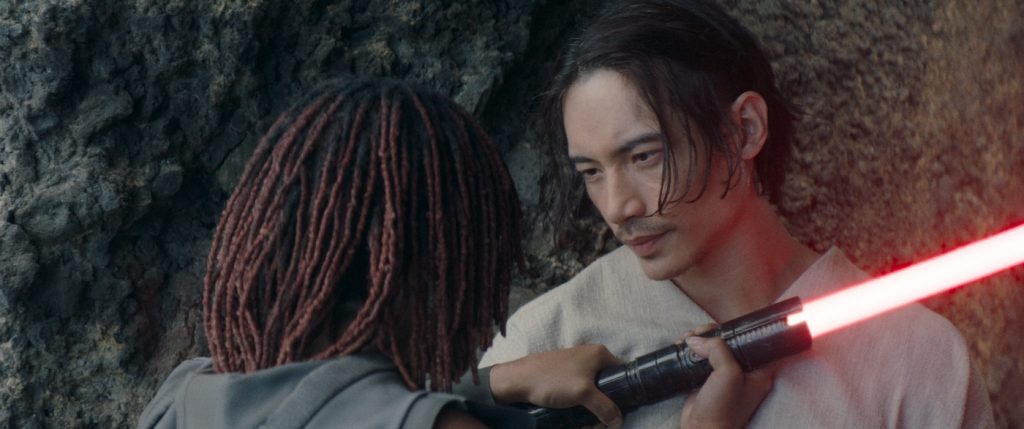
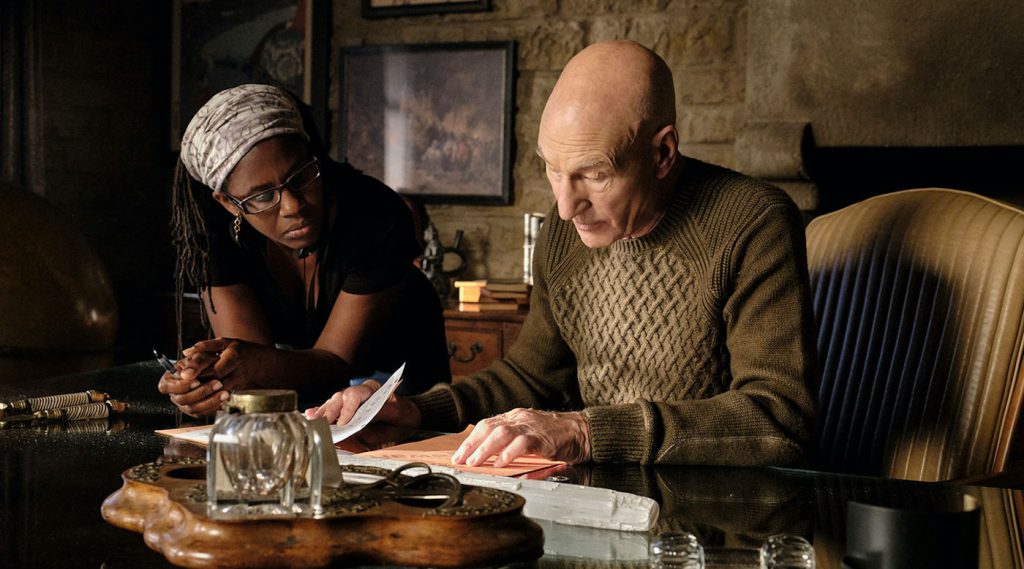
Can you talk about the experience of filming Amandla Stenberg as twins in the series?
I’ve had to work with one actor playing two roles quite often. It keeps popping up. In this case, the character had already been established, so Amandla had worked out the physical differences in how they move and that sort of thing. I decided what shots would be with the acting double, which shots would be a techno dolly so that we could have her on both sides, and which ones would end up being a face replacement. For the fight in Episode 8, we knew there would probably be a lot of face replacement, so Amandla had to learn both sides of the fight. She has to shoot both sides, as does her acting body double, who was Shanice Archer. The next big choice is to determine which character Amandla is going to play first because that has a lot of effect in that, even though I come up with a blocking plan, things change organically as they’re in the scene, so if she’s playing one character, you want to make sure the acting double is doing what feels right as well. So I would figure out which one I thought she should play first and run that by her. That became the plan for the day because the hair, costume, and makeup are different, so everyone needs to know. We’d rehearse, and Amandla would watch Shanice, who was amazing. They had a lot of instincts that were completely aligned. which is rare.
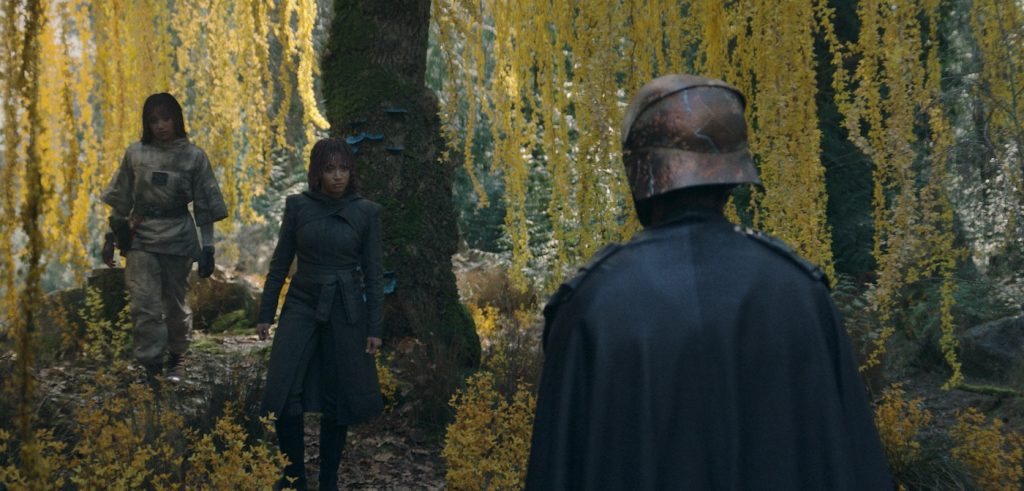
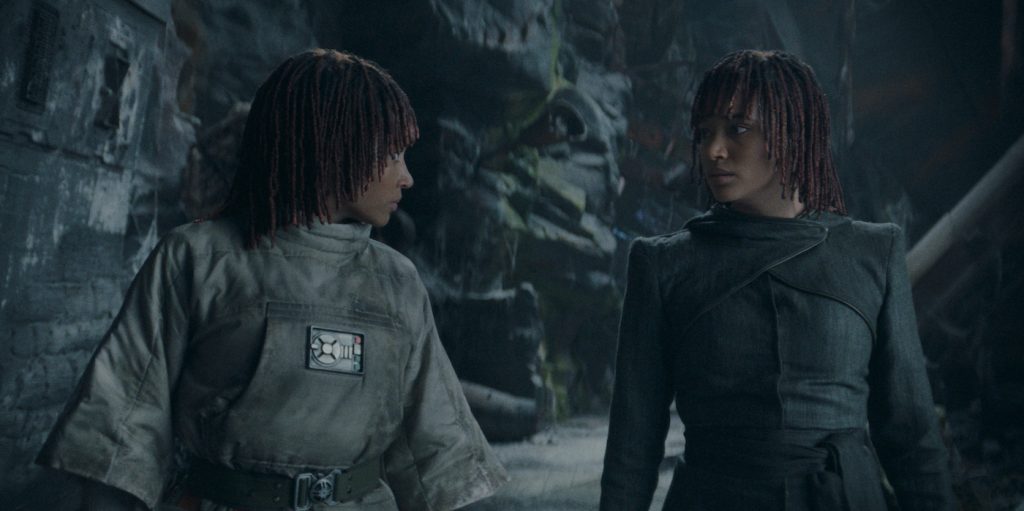
What was your experience balancing visual effects with character development in The Acolyte, and how did that differ from your experience working in the Star Trek universe on Picard and Discovery?
There were way more in Star Trek. Alex Kurtzman loves visual effects. On The Acolyte, Leslye really wanted the show to feel like the original first three Star Wars movies, so we used practical effects as much as we could.
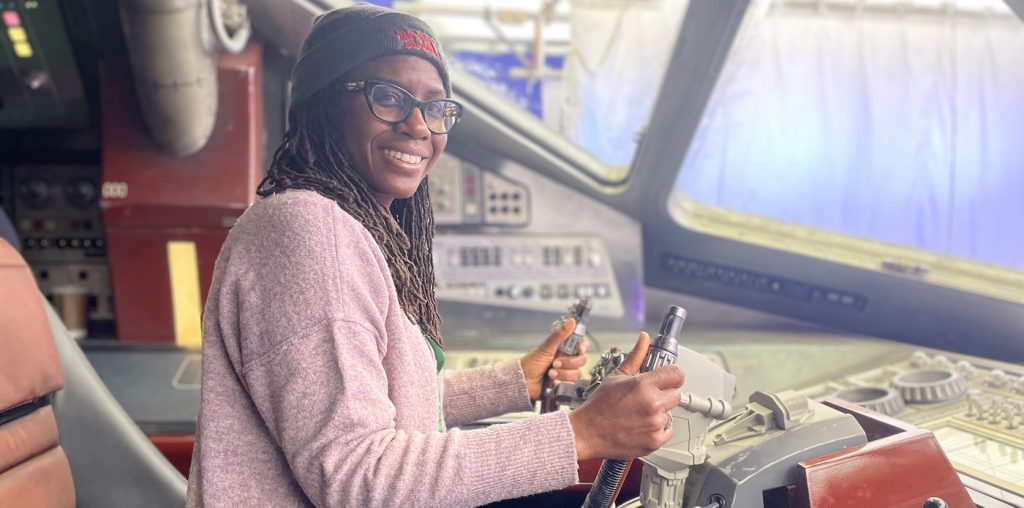
You have a very big deal project coming up that’s currently in postproduction, Anansi Boys. What can you tell us about the mini-series, which is based on the Neil Gaiman novel and, again, has an actor playing two roles?
It’s supposed to be coming out later this year. It’s been a long time in post. Visual effects were challenging, but we’re all very excited about it. Malachi Kirby was the one that I worked with to figure out both characters, and they feel so distinct, so I really think the audience is going to enjoy meeting both Charlie and Spider. We’ve done some really cool things with bringing stuff like the shadow world to life. What has always been tricky with Anansi Boys is balancing the various tones, which the book has as well. It has romance, comedy, and drama; it’s a family story, a love story, and so many things at once. I feel like we managed to nail it, so I really hope the audiences love the show as much as we all do.
You were named the Guest Artistic Director of this year’s AFI Directing Workshop for Women. What have been your directives there?
First, I was so honored when they asked me. I always want to give back because I credit so much of my career back to being a part of the AFI DWW. I’ve tapped my resources to put together various panels, workshops, and classes, together with the women who are running the program right now and some AFI teachers, to give the eight participating people all the support they need. We’ve been focusing on what they needed leading up to production. I also paired each one with an alum so they have their own mentor and “call a friend.” I’m also their “call a friend” if anything comes up, but I wanted to have someone specific to them. What we’ll do next is really focus on some workshops and panels on the post process, getting your film out there, and growing your career.
What did you learn from your own experience with workshops that you put into practice for the DWW?
One example that really worked well is I remember taking Lesli Linka Glatter’s class on blocking, where she gave us a scene, and we all did our own blocking, and then we saw how she did it. We all had from five to seven shots, but then she showed us her clip and did it in one shot. So with the group this year, they came and said, “we’ve gotten all this great information, but we still feel weak on blocking”, and the timing turned out to be perfect. I was shooting Paradise City, and I had a complicated scene coming up. And so Hulu and Dan Fogelman, the producers of Paradise City, allowed me to give my team one of the scripts, one of the scenes that I was going to shoot, and a floor plan for the set. I gave that to them and told them to come up with their blocking and shot list. We met ahead of time and talked through what everybody did, then we got to go on the set, and they were able to try out their blocking there, and they were able to watch me do my own blocking. They were able to see me go through the process of how I was figuring it out and then stay and watch as I did my rehearsal with the actors. They saw how that changed the dynamic and then saw me working out the shots with my DP. They could see that whole process, and then once the show goes out, they’ll see how that scene ended up getting edited. They loved it, and they learned so much. It was also cool for them to be on the Paramount lot. I was learning the whole time, too. You learn from watching other people think things through. Hearing other perspectives always grows you as a director.
All episodes of The Acolyte are streaming now on Disney+.
For more on The Acolyte, check out these stories:
“The Acolyte” Costume Designer Jennifer Bryan on Dressing Jedis, Witches, Wookies & More
“The Acolyte” Composer Michael Abels on Scoring a “Star Wars” Story Unlike Any Before It
Featured image: (L-R): Osha Aniseya (Amandla Stenberg) and Mae Aniseya (Amandla Stenberg) in Lucasfilm’s THE ACOLYTE, season one, exclusively on Disney+. ©2024 Lucasfilm Ltd. & TM. All Rights Reserved.



